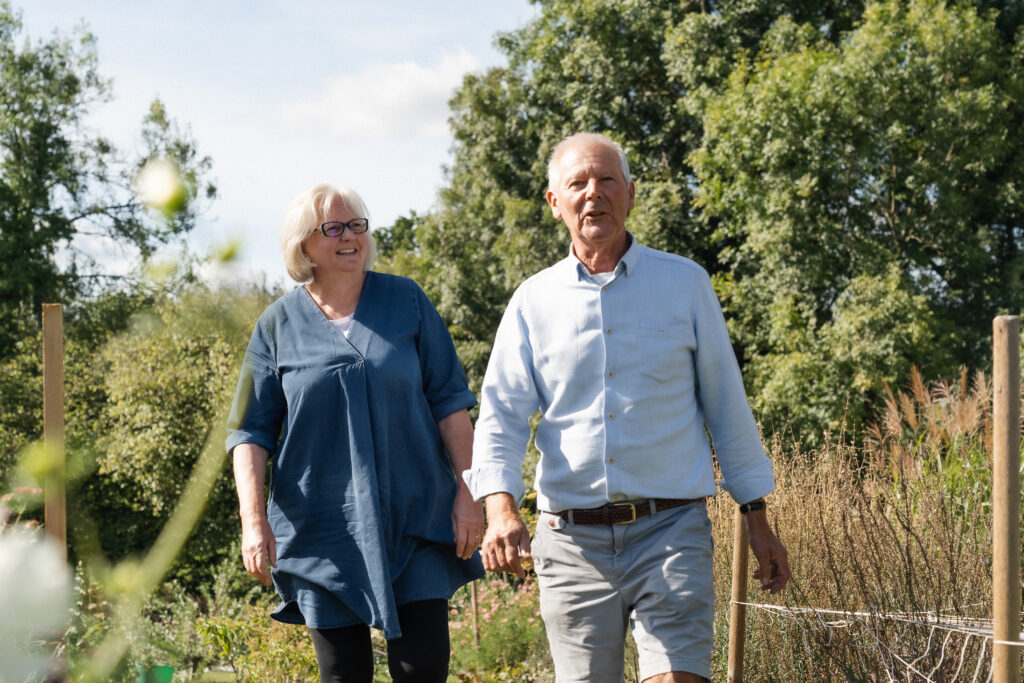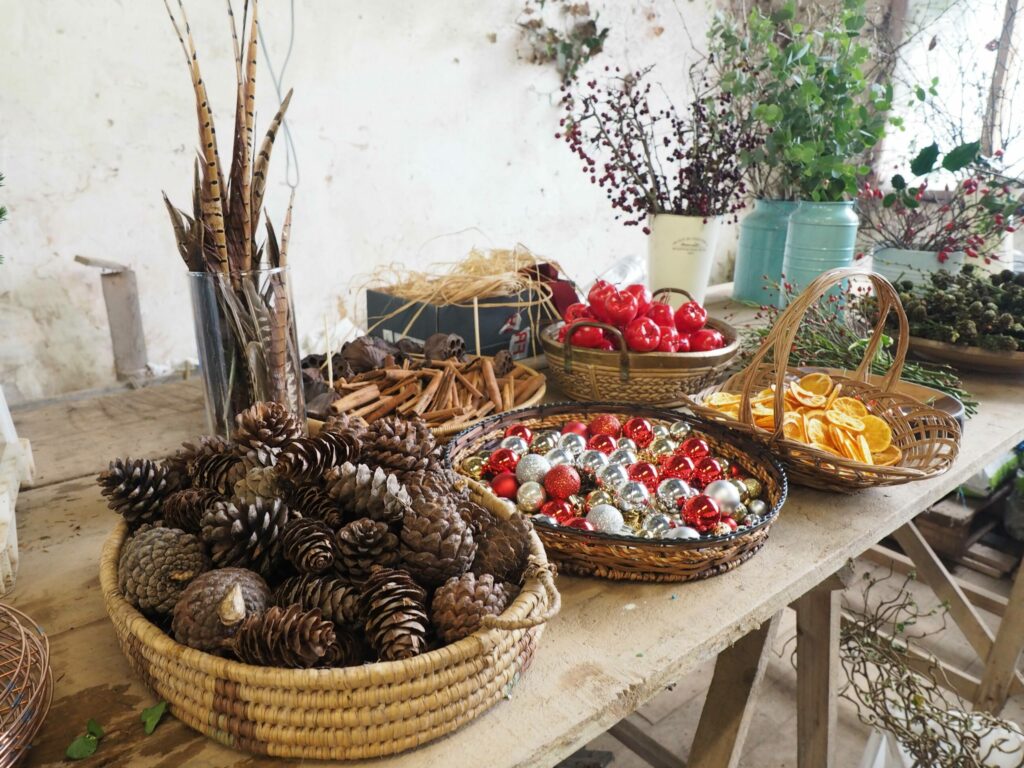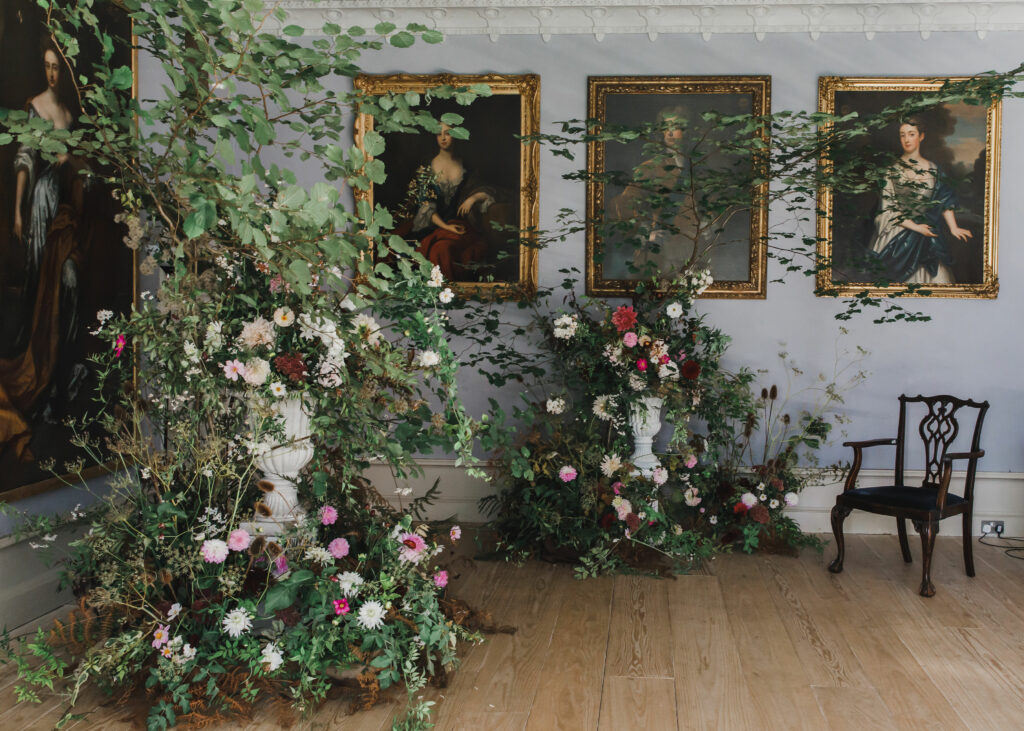A week at Home Hill Flowers
Helen Land reveals just how varied the work of a flower farmer is in the autumn, and why so many of the jobs are about planning for the future – in both the short and the much longer term.
I always enjoy the last month of autumn. I love the crispness that lingers in the morning air, and I savour the gold, bronze and russet shades of the leaves that remain on the trees and in the hedgerows. This is my first November in Dorset and it seems to be a month of beautiful contradictions; the soil is still just warm enough to plant out my rather late biennials and yet the sparkle of frost makes me reach for my cosiest jumpers and warmest gloves.
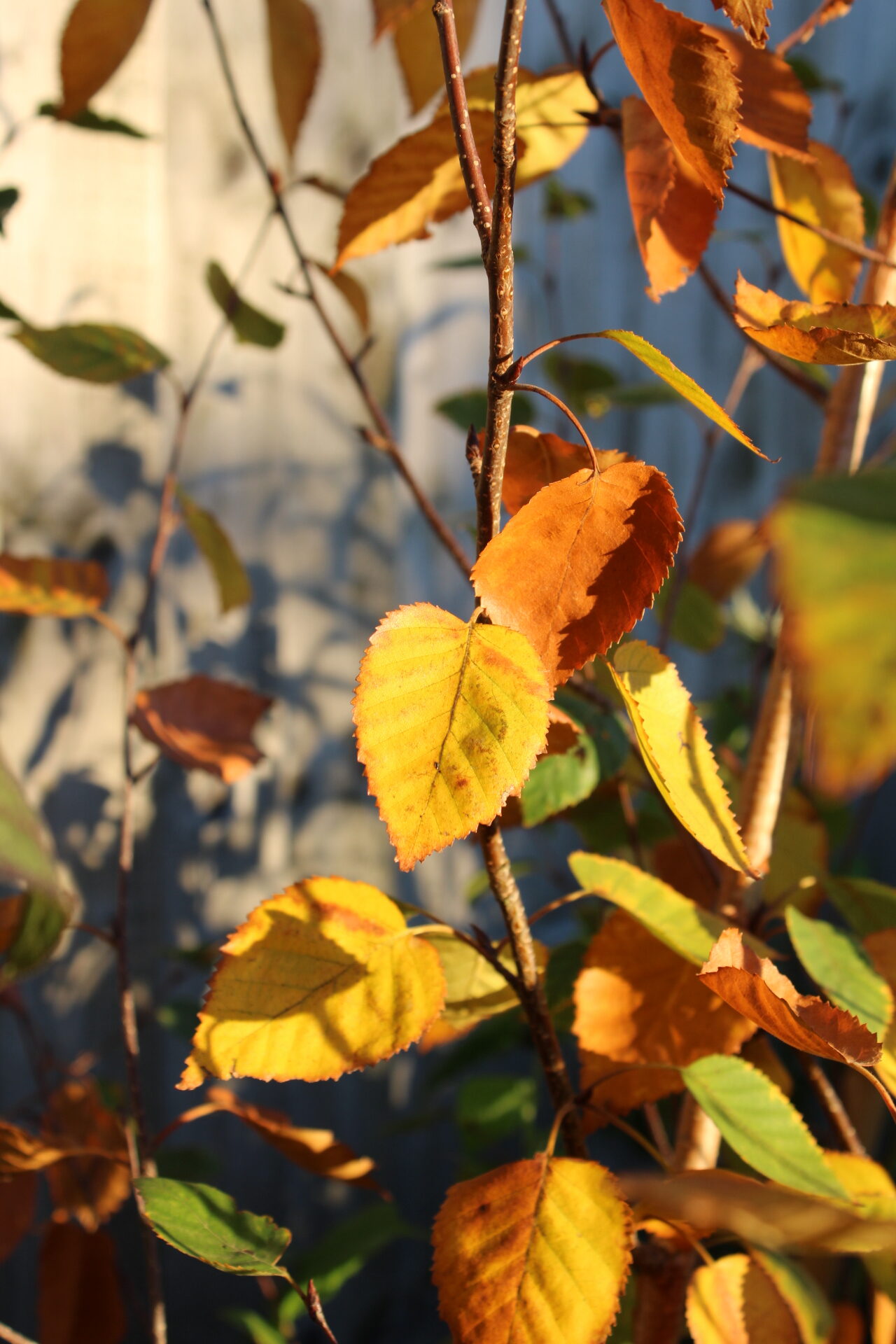
Autumn colour – one of the greatest treats of the season.
Although I have stopped cutting flowers now, there is still much to be done in my garden. I have an acre to grow on here, and I currently use about half. My ethos is very much to look after the land for the next generation, and for the safe keeping of all the wildlife we share it with. With this in mind, we have started preparing our new cut flower beds using the No Dig method, which helps to conserve soil structure and ecology. So I’ve been saving lots of cardboard and laying it on the turf at the rear of our garden. I then put compost, mulch or manure on top. Over the next few months the cardboard and grass will break down, and I’ll be left with lovely new fertile beds to plant my hardy annual seedlings into in early spring.
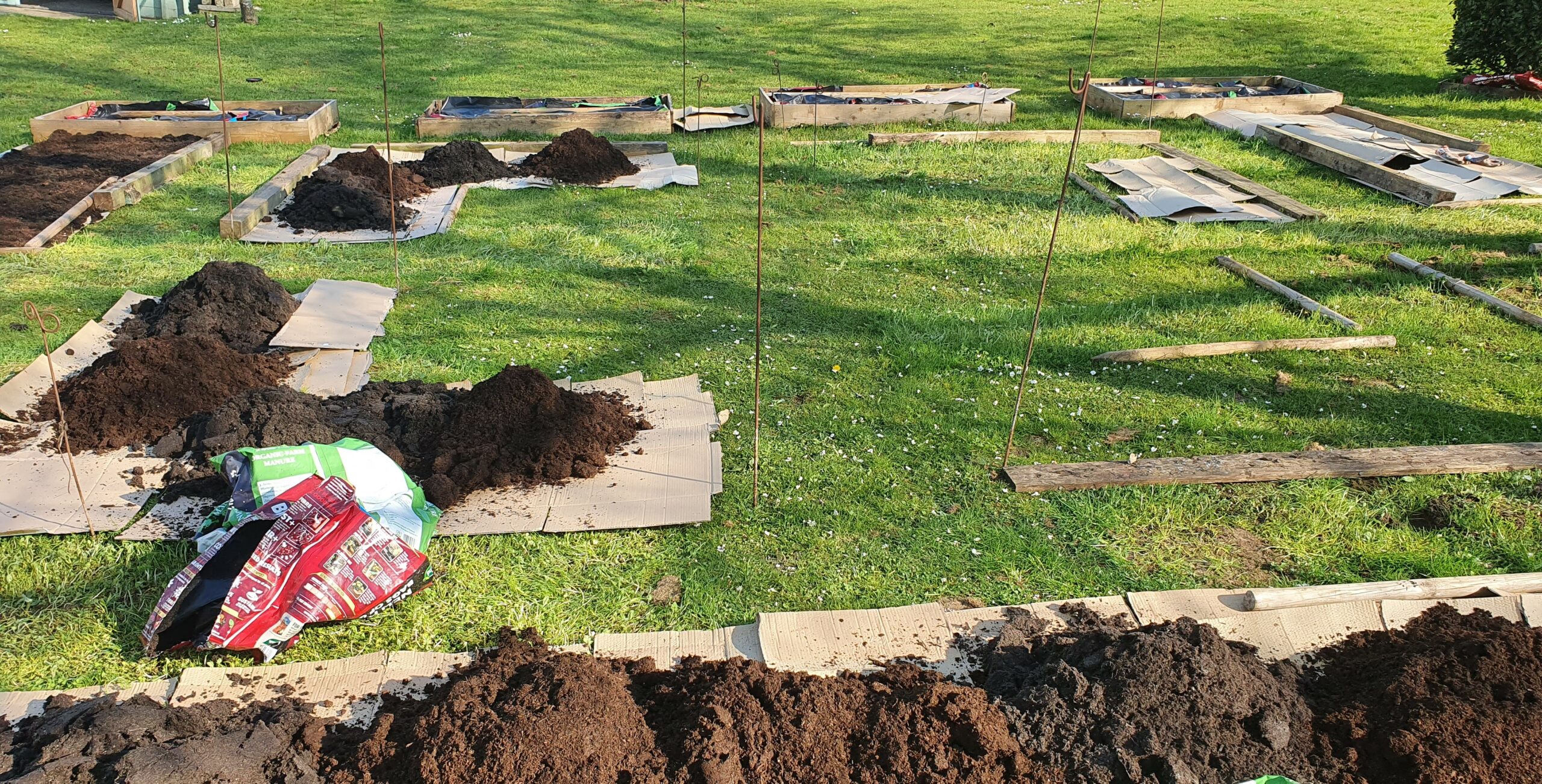
No Dig beds taking shape.
Talking of hardy annuals, I have lots of these to nurture through the winter. Their growth slows down as it gets colder and light levels drop, but I still need to make sure they are healthy and their roots have space to develop. Over the next week I will be potting on lots of the larger seedlings, moving them carefully from their seed trays into 9cm pots. I have already started this with my cornflowers, and I can see that the calendula and scabious are next on the list as their roots are starting to grow out of the bottom of their trays. All these will be kept undercover for the winter and then planted outdoors in early spring.
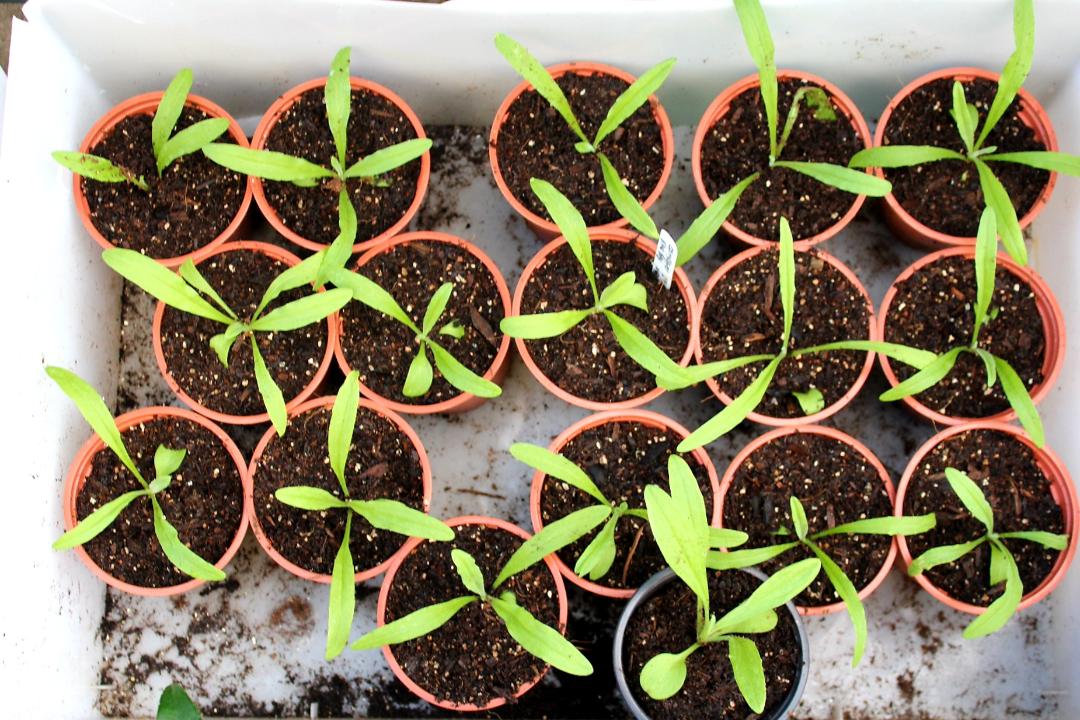
Autumn sown annuals can be overwintered undercover and the planted out in early spring.
One of the bigger tasks facing me this week is to get my spring bulbs planted. From alliums to narcissi, irises to tulips, these will all be planted to use as cut flowers from April 2022. Each type of bulb has its own planting requirements in terms of depth and spacing. I tend to follow the guidelines for most bulbs, but like many flower farmers I plant tulips differently. For these I dig long, shallow trenches, and as I have clay soil I put a layer of grit on the bottom of the trench. I place the bulbs on top of the grit, in labelled rows, with each bulb very close to but not quite touching the next. Then I cover firmly with soil and place narrow gauge chicken wire on top of the whole trench. This stops my cats from thinking the freshly laid soil is their personal latrine! It also stops any squirrels from digging up the bulbs. When the tulip tips show I simply remove the wire.
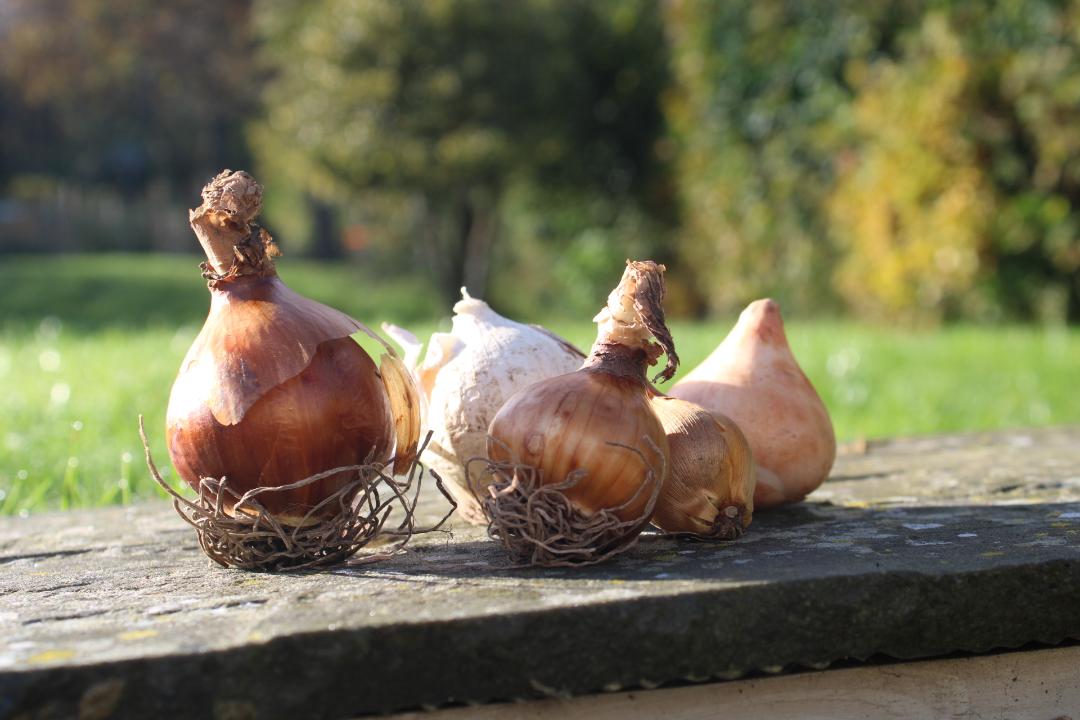
Bulb planting is one of the big autumn jobs on a flower farm.
Lastly for this week, I have some bare-root planting to do. Bare-root plants are an economical way of buying in perennials, shrubs and trees, and these will form the backbone of my flower farm and garden here. One of the many benefits of joining Flowers from the Farm is the bulk-buys it offers seasonally, and I’ve taken advantage this year to order bare-root peonies and shrubs. I’m picking up the plants from one local FFTF member, and then delivering some of them to another! I love how the network behind this organization works.
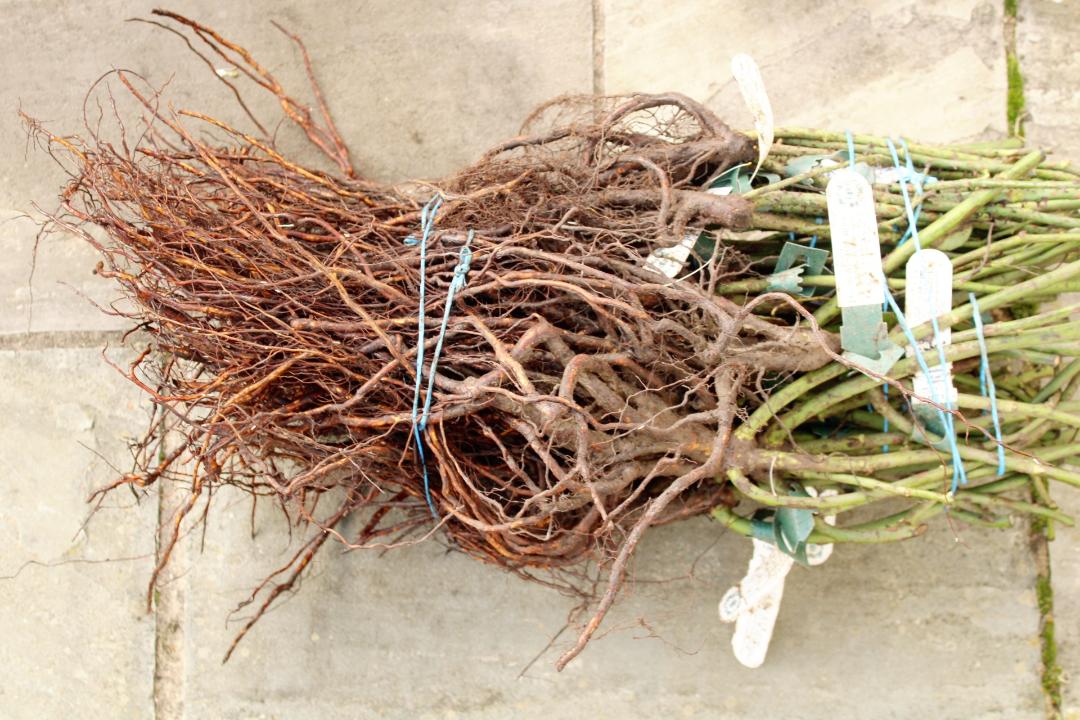
Bare-root plants are the cheapest way to purchase many perennials, shrubs and trees – and they often establish better than potted stock too.
So, I have plenty to do outdoors this week, but there is also ongoing admin to see to, including emails, website updates and photos to line up for social media. As I’m fairly new to running my own business, I like to try and be organized – challenging though this is! I have to work between school hours, and sometimes in the evenings, but I’m very fortunate to absolutely love what I do, especially when I can be outside. No matter how cold it gets in the next few weeks you’ll find me in my garden with my hands in the soil, and loving every minute!
